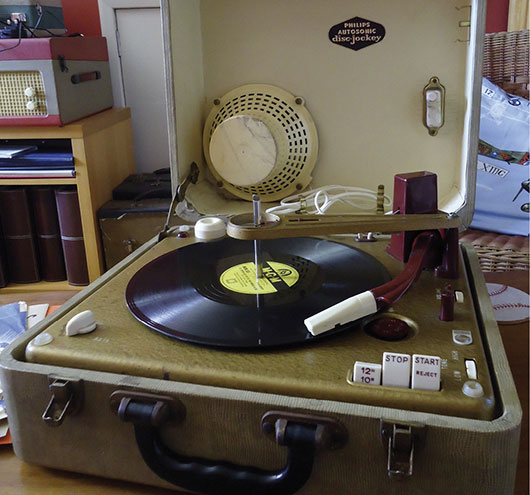
A Matter of Record
When it comes to record playing, what is originality of sound?
I’ve long been in awe of collectors of original 45s. Their knowledge and dedication in tracking down rare slices of vinyl, often from small production runs on obscure labels, leaves me with a feeling of cheating somehow when I load a CD chock full of rarities, farmed, sifted and labelled up for my listening pleasure. These days, just one of those CDs will contain more tracks than would have been on months’ worth of patient album buying in the 1980s, when some of the more obscure rock’n’roll and rockabilly tracks started to appear in compilations. Then again, I’ve had the lecture that CDs don’t give the same quality of reproduction as vinyl, and that the flattening of the sound just gets worse with each digitised format. All of which set me wondering just what constitutes originality in recorded sound? It’s been an excuse for some great conversations over many beers with those more knowledgeable than me, and I’m not sure I’ve reached a definite conclusion, but it’s certainly given me some food for thought…
Let’s start with the original 45, the Holy Grail for the record collector. So long as it’s in decent condition, you know you’re hearing the same sound as those who bought it at the time and took it home to play on their own record player, or as they’d have heard it played by radio DJs of the time. Indeed, you’re probably hearing it better, as your record player is probably much better than they’d have had, and the radio listener would have heard it through the distortion and vagaries of AM broadcasting.









